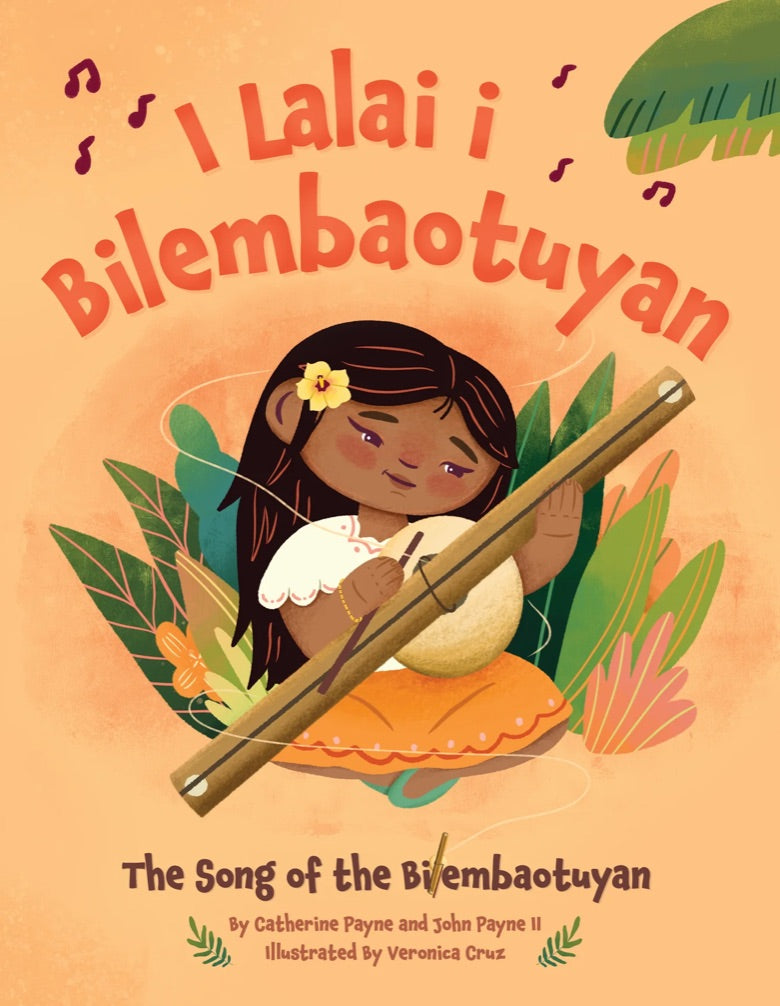University of Guam Press
The Poksai Saina Children's Book Bundle
The Poksai Saina Children's Book Bundle
Couldn't load pickup availability
The Poksai Saina
Poksai is a CHamoru word that means to ‘nurture’, especially a child. This bundle is made for the young readers who adore their saina, or elders. The Poksai Saina features stories that capture the ways our saina guide and nurture us to embody the CHamoru values of respetu, inafa’maolek, and manginge'.
Each bundle comes with a free tote bag.
$60 $40
Ma Guaiya Yu’, si Nåna yan si Tåta
I Lalai i Bilembaotuyan
I Mambiha Na Tiempo
Chepchop Unai
Book Descriptions
Ma Guaiya Yu', si Nåna yan si Tåta
Ma Guaiya Yu', si Nåna yan si Tåta (Grandma and Grandpa Love Me) is a vibrant picture book featuring lovely watercolor illustrations that depict the many ways grandparents show their love to their grandchildren. From holding hands in church to going on hikes in the jungle, this story describes the important role grandparents play in the lives of i famagu'on-ta, our children.
I Lalai i Bilembaotuyan
I Lalai i Bilembaotuyan is the loving story of a young girl, Lalai, and her grandfather, Tåtan Bihu. Tåtan Bihu is one of the few remaining people that knows how to play the bilembaotuyan, a unique CHamoru instrument that makes a beautiful sounds. Through his teachings, Lalai learns about patience, hard work, and overcoming the challenges of learning how to play a new instrument. When tragedy strikes and Tåtan Bihu passes away, Lalai uses the bilembaotuyan to share her grandfather's life-long lessons with those around her, showing them that music is played with the heart and given with love from one generation to the next.
I Mambiha na Tiempo
"I Mambiha na Tiempo" was originally written by master CHamoru storyteller and Kåntan CHamorita singer Clotilde Castro Gould. CHamoru recording artist Johnny Sablan brought the song to life with new lyrics and arrangement and released it on his first album Dalai Nene in 1968.
Clotilde Castro Gould wrote “I Mambiha na Tiempo” to carry on the traditional CHamoru song form known as Kåntan CHamorita. Kåntan CHamorita is the CHamoru art of call-and-response poetry sung to carry out friendly debates between family clans by incorporating rhyme patterns and humor. It is also a device used in courtship and flirting that allows prospective lovers to exchange messages that carry deeper meaning than what appears to be on the surface.
The CHamoru lyrics presented in this book have been edited to align with Guåhan’s official orthography. The English translations provided are not direct translations. They have been revised to better reflect the spirit of the song.
The Kantan CHamoru Children’s Books Series was made possible through a grant from the Office of the Governor (grant #C210600600).
Chepchop Unai
At the seashore, or chepchop unai, a young boy named Juan learns how to build sands sculptures from his uncle. Although he is met with obstacles along the way, Juan keeps trying until he becomes a talented sand sculptor. Chepchop Unai highlights the beauty and importance of intergenerational sharing in the CHamoru culture. The book features captivating illustrations of Juan and his family at the beach and the unique island-inspired sand sculptures he creates there. Chepchop Unai is written mainly in English and utilizes CHamoru words and phrases throughout the story to help teach the language.










